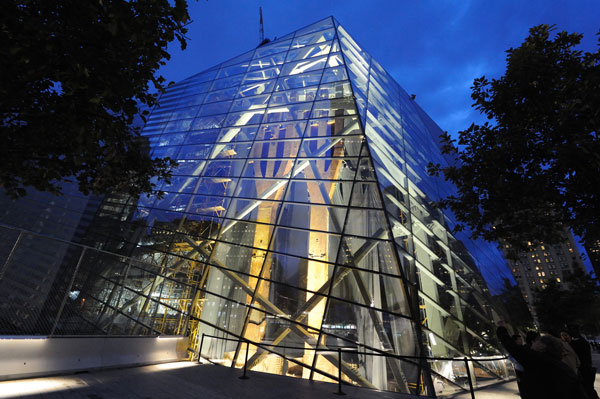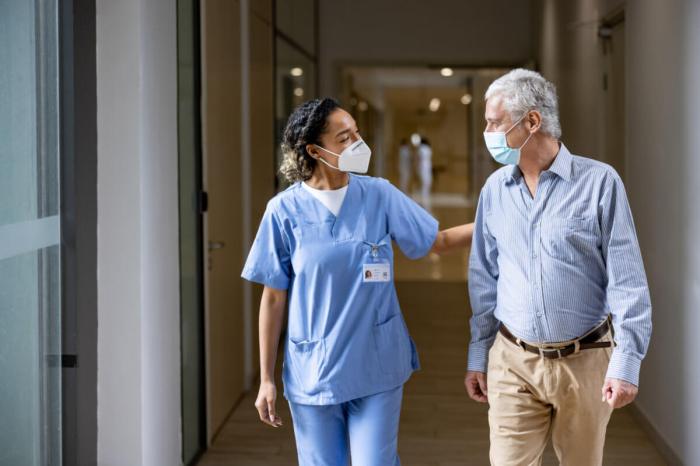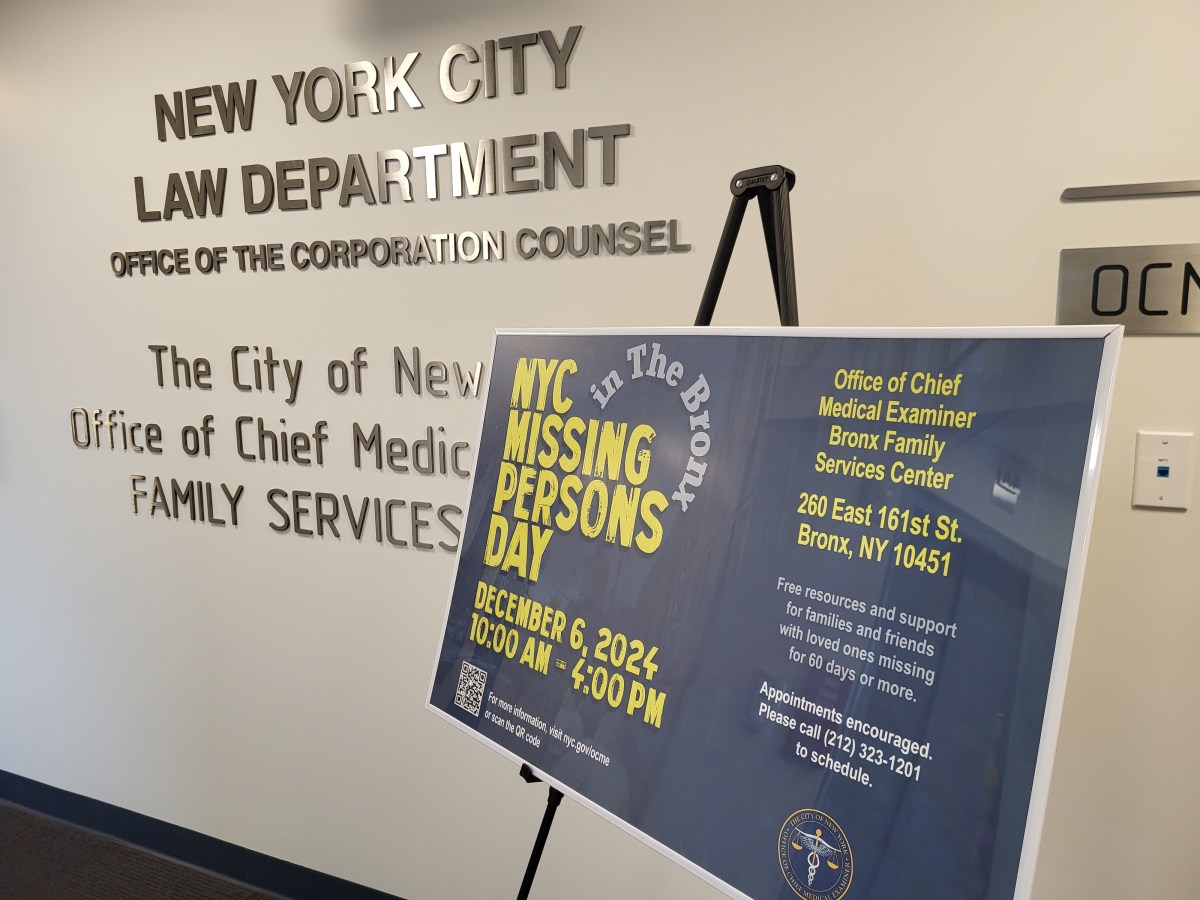
BY TERESE LOEB KREUZER | If the managers of the National September 11 Memorial were concerned that few Lower Manhattan residents would bother to show up at the memorial for the four hours on Oct. 2 reserved exclusively for them, they worried in vain. On the first of what are planned to be monthly evenings for the community, it took around 45 minutes for the crowd at the entrance gate at 4 p.m. to get inside.
Rounding the corner of the barrier that separates the memorial from the security checkpoint, the visitors saw a welcoming committee of politicians. New York State Assembly Speaker Sheldon Silver, whose office had specifically invited many of those in line to attend, posed for photos with constituents. State Senator Daniel Squadron, Manhattan Borough President Scott Stringer, U.S. Representative Carolyn Maloney and others were there. Mayor Bloomberg made an appearance.
Then, because it was a community evening, there were friends and acquaintances to greet, with more talk about the demonstration in Zuccotti Park than about the memorial. “The politicians should be over there, not here,” opined one Lower Manhattan resident.
It seemed like a big party.
“They should be serving wine and cheese!” Community Board 1 member, Liz Williams, quipped.
But the sound of the waterfalls beckoned, more powerful than the impulse to chat. People drifted toward the pools, surrounded by ledges on which the names of those who had died on 9/11 and in the World Trade Center attack of 1993 had been incised.
“I pushed forward to the edge and began reading the victims’ names on the side of the fountain,” Community Board 1 member Noel Jefferson recalled afterward. “The water seemed to resonate within me. I felt as though I was walking into a sacred place.”
“The pools are breathtaking and absolutely phenomenal,” said Williams. “I was awestruck by them. If allowed one could really get caught up in their very deep meaning and end up leaving in tears. Actually I saw them under construction and they did not hit me that way at the time. But to see them completed was a very powerful experience.”
From her apartment window, Battery Park City resident Mashi Blech had also seen the pools under construction. “I honestly didn’t know what to expect,” she said. “The space is much more park-like than I thought it would be. I found the memorial visually spectacular, dramatic and powerful. I thought it was fitting to have the vast amount of water flowing down into the center. To me, it felt like tears for all those lives that were lost.”
The air was crisp. The sky darkened and it began to rain. Some people had brought umbrellas and continued to stroll around the edges of the pools, where the raindrops beaded on top of the names and touched the flowers that had been left by mourners — the single perfect rose that honored Thomas Paul Hannafin, the small bouquet of red roses tied with white ribbon for Jesus Sanchez, who was on United flight 175.
Others took temporary shelter under a ledge of the September 11 Museum, still under construction. The rain didn’t last long. When it was over, a man in a yellow slicker with a squeegee came and wiped away the raindrops from the ledges, carefully avoiding the floral offerings.
It was getting dark. Soon the lights would come on in the pools. When they did, the water, formerly silver, now looked like finely spun gold. Lights beneath the names made them legible, even in the gathering darkness. Spotlights illuminated the giant U.S. flags draped on the World Trade Center buildings under construction. Through the glass façade of the museum, the tridents from the Twin Towers stood watch.
Two men, a woman and two little girls stood beside the north pool. The men said that they were in the Rangers, the elite corps of the U.S. Army. They had served in Afghanistan and Iraq and were visiting the memorial to mourn comrades who had died. They connected the attack on the World Trade Center with their service. “We went into the military because of this,” one of them said.
The father of the little girls knelt beside his older daughter so that he could look her in the face. He tried to explain to her where they were and why. Then he talked to her about firefighter Stephen Siller, who, on 9/11, had donned 60 pounds of gear and had run through the Brooklyn Battery Tunnel to find his squad and try to help. He died, leaving a wife and five children. “I wanted my daughter to understand what a hero is,” the father said.
It was now fully dark. Most people had gone home. But Community Board 1 member, Geroge Calderaro, who had visited earlier in the day, made a point of returning to see the memorial at night. “The pools are an incredible feat of engineering,” he marveled. “Shortly after 9/11, someone commented that no memorial should be built right away, but that time should pass before we could comprehend and address the enormity of our losses that day. The 10 years that have passed have allowed for a brilliantly well-conceived and appropriate commemoration.”
“The modulations of sound remind me of Maya Lin’s Vietnam memorial,” said Community Board 1 member Jeff Ehrlich. “There, the memorial is very near the sound and life of city streets, but as you descend with the wall and so many names, you leave D.C. and enter a silence. Ascending out the other end, the sounds of life meet you again. Here, in contrast, that silence is generated by the din of the waterfall. It overpowers the city and the nearby construction and then envelops you.”
“I’m anxious to return,” said Noel Jefferson. “I would love to spend time reading and writing here. The sound of the water is very comforting.”



































